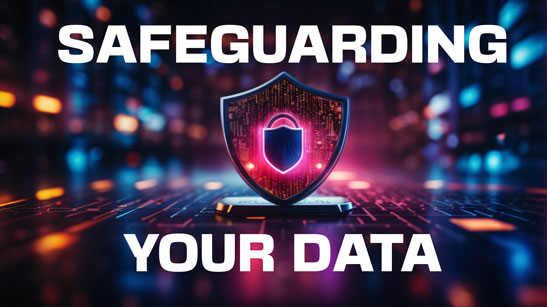 Safeguarding Sensitive Information with Data Masking
Safeguarding Sensitive Information with Data Masking
When governments, companies, and health organizations amass vast repositories of personal information, the need for robust data protection increases to a critical level. Privacy regulations demand a shield against data breaches, emphasizing the imperative to safeguard sensitive information while ensuring its functional utility. Enter data masking, also recognized as data anonymization, a pivotal technique that has become indispensable in the realm of data security. If you are ready to talk, click here.
Understanding Data Masking
Data masking involves the substitution of personally identifiable information (PII) with fictitious but statistically equivalent data. This process ensures that even though the data appears realistic, it remains unidentifiable and resistant to reverse engineering. This makes data masking tools highly favored by production, analytics, and security teams, providing a secure foundation for a variety of use cases.
Data Masking Use Cases
Test Data Management
Testing teams, particularly in software and application development, require realistic and compliant data for effective test data management. Data masking facilitates the utilization of test data management tools without compromising sensitive production data, thereby mitigating security risks.
Data Security
Masked data, while maintaining a realistic facade, becomes useless to potential hackers in the event of a data breach. Data security teams leverage data masking to ensure that real identities or events remain elusive, rendering masked data ineffective for fraudulent activities.
Data Governance
For many organizations, data masking serves as a crucial component of their data governance tools. It empowers them to control access to different types of data, offering flexibility through various data masking techniques. Static data masking caters to data at rest, while dynamic data masking extends to data in transit, allowing detailed restrictions based on roles or environments.
Data Compliance
With the ever-expanding landscape of data protection laws such as PCI/DSS, HIPAA, GDPR, CPRA/CCPA, and LGPD, enterprises face significant challenges in compliance. Data masking software emerges as a solution by preventing unauthorized use of real customer data, addressing a major driver for businesses navigating complex regulatory landscapes.
Customer 360° View
A comprehensive view of the customer, often referred to as a 360-degree view, integrates interaction, transaction, and master data. Data masking plays a pivotal role in protecting customer data, ensuring compliance, and enabling on-demand access for business users.
Common Data Masking Examples
Customer Data
In Customer Relationship Management (CRM) systems, data masking safeguards personal customer information. Techniques such as shuffling, data aging, and data pseudonymization prove effective in anonymizing CRM data while preserving reporting and business intelligence functionality.
Employee Data
For Human Capital Management (HCM) systems handling employee data, data masking techniques like pseudonymization or shuffling protect sensitive information without compromising usability for legitimate purposes.
IP Address Data
Organizations tracking user activities through log files may choose to mask IP addresses to uphold user privacy laws like GDPR. Techniques such as encrypted lookup substitution, redaction, or shuffling allow organizations to use masked IP addresses for testing or analytics while ensuring compliance.
Financial Data
Financial firms utilize data masking to safeguard investment data in stock brokerage systems. By replacing sensitive information with dummy values, data masking ensures the usability of anonymized data for authorized consumers, complying with regulations such as the Gramm-Leach-Bliley Act (GLBA).
Medical Data
In Electronic Health Record (EHR) systems, data masking protects patient information by employing techniques like shuffling or data aging. This ensures that patient data remains accessible for analysis and reporting while adhering to regulations such as HIPAA.
The Business Entity Approach
Irrespective of the specific data masking example, adopting a business entity approach provides unparalleled security and compliance assurance. That’s where Odyssey Data Masking comes into play. With Odyssey AI Driven Automation, entity-based data masking aggregates, cleanses, and provisions data by business entity (e.g., customer, vendor, or order). This approach maintains relational integrity, ensuring consistency and completeness in anonymized data. By managing data for each business entity in its encrypted micro-database, data masking becomes a dynamic and flexible solution, catering to diverse masking techniques for effective protection in any scenario.
In conclusion, Odyssey data masking stands as a formidable guardian of sensitive information, offering a versatile set of tools to meet the diverse needs of businesses and organizations. As data continues to be a cornerstone of modern operations, investing in robust data masking practices is not just a choice; it’s a necessity. To ensure privacy, security, and compliance contact us today for a no-obligation appointment where we can show you how it works.




